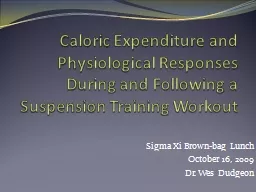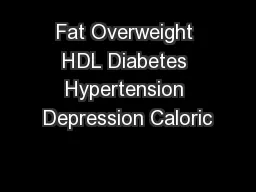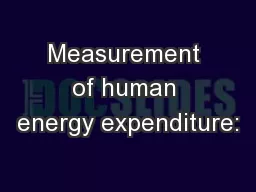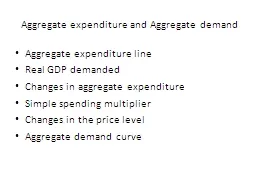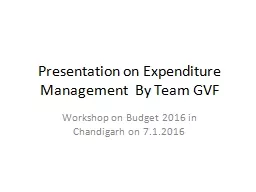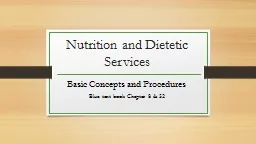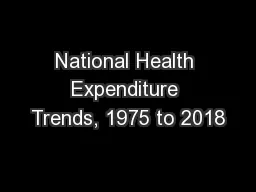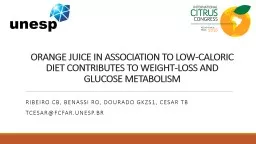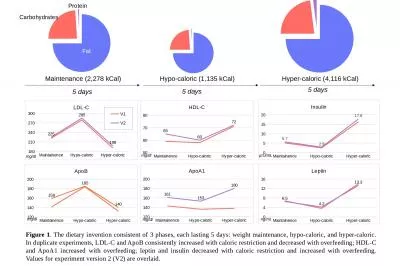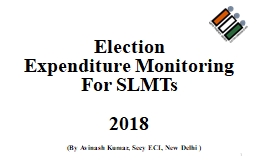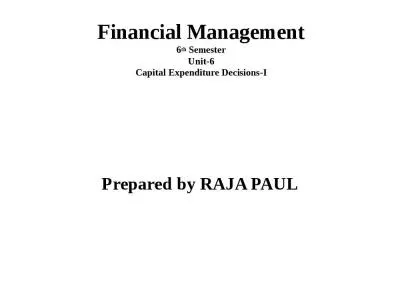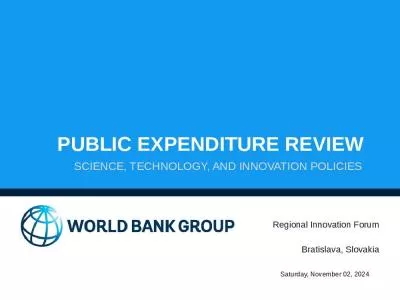PPT-Caloric Expenditure and Physiological Responses During and Following
Author : cheryl-pisano | Published Date : 2018-10-05
a Suspension Training Workout Sigma Xi Brownbag Lunch October 16 2009 Dr Wes Dudgeon Background What is TRX suspension training Body Weight resistance Unstable
Presentation Embed Code
Download Presentation
Download Presentation The PPT/PDF document "Caloric Expenditure and Physiological Re..." is the property of its rightful owner. Permission is granted to download and print the materials on this website for personal, non-commercial use only, and to display it on your personal computer provided you do not modify the materials and that you retain all copyright notices contained in the materials. By downloading content from our website, you accept the terms of this agreement.
Caloric Expenditure and Physiological Responses During and Following: Transcript
Download Rules Of Document
"Caloric Expenditure and Physiological Responses During and Following"The content belongs to its owner. You may download and print it for personal use, without modification, and keep all copyright notices. By downloading, you agree to these terms.
Related Documents

